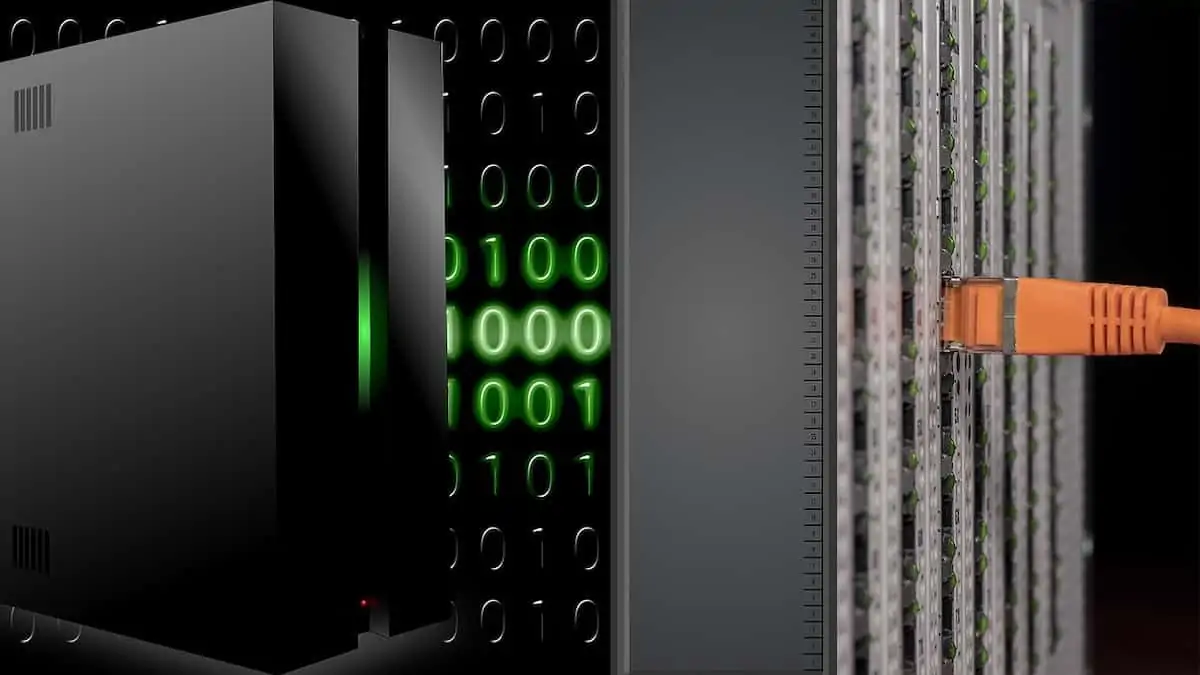Today’s supply chains are evolving at a phenomenal rate. The next generation warehouse will deploy analytics, blockchain, robotics, drones, driverless forklifts, automated storage and retrieval systems, and much more.
Each rendition of the next generation warehouse will build on existing technologies, and these improvements have a common denominator. They all rely on fundamental data principles and the application of meaningful data.
Supply chain leaders need to understand the problems inherent in traditional warehouses and how a next generation warehouse can leverage data and technology to maximize efficiency and productivity.
What’s Wrong with Traditional
Warehouses?
It is vital to understand that traditional warehouses do use data in some form. However, the use of data is not what sets the next generation warehouse apart. Instead, it is the ability to bring analytics to data and eliminate the hassle associated with data use today. As explained by Digitalist Magazine, the top problems in today’s warehouses using data include:
- Inability to access data and analytics remotely.
- Poor access to data analytics to modify their
configuration. - Diminished ability to replicate data promptly,
as well as remove or alter data entries to continuously refine operations. - Delays between data loading and application.
- Risk of data loss.
- Too many data sources and collection points to
efficiently manage. - Traditional problems, including maintaining
excess inventory and sharing data between systems.
The opportunities of data in the next generation warehouse must overcome
these problems to produce a streamlined, turnkey approach to the application of data.
The Next Generation Warehouses Gathers, Analyzes, and Applies Data
The next generation warehouse must gather, analyze, and apply data. As explained by Curbed.com, this is what sets major logistics companies, including warehouses, apart from their traditional counterparts. Within months, a startup can scale a company that applies data correctly to rival the most massive super warehouses on the globe.
Of course, it depends on the ability to adjust and adapt to the modeling of data. Using data to generate demand forecasts is great, but problems arise when these demand forecasts rely on outdated, or even worse, the wrong data. All subsequent activities and processes falter when one data point is incorrect.
Therefore, supply chain leaders must develop a load and information script that allows for the continuous remodeling of data. In other words, supply chain systems in use must have the capability to accommodate new technology. Fortunately, advanced configuration and system testing tools optimize implementation. This empowers supply chain leaders with a faster deployment schedule, maximizing return on investment.
How to Take Advantage of an
Omnichannel, Next Generation Warehouse
There is not a one-size-fits-all approach to leveraging technology in an omnichannel, next generation warehouse. Each supply chain is different, and available supply chain management platforms are designed with a one-size-fits-all approach in mind. However, the rise of software-as-a-service payment models is giving supply chain leaders the tools and resources necessary to leverage customized technologies that will enhance operational efficiency.
One of these critical functions in modern systems is the use of native, real-time analytics. These analytics allow for enhanced accuracy in managing all parts of the supply chain from raw material origin through customer service. Knowing more about the warehouse allows for the movement from a traditionally assumed demand forecast to an accurate, timely forecast.
Therefore, warehouse managers can take advantage of just-in-time fulfillment models, reducing carrying costs, and increasing customer service levels. It is simple; supply chain leaders must begin leveraging the latest technologies and ensuring their complete and thorough integration with all systems and processes.
Leverage the Power of New Technology
and Data in Your Warehouses Now
Supply chain leaders have a vast opportunity to drive warehouse efficiency through next-generation warehouse improvements. Instead of merely trying to maintain the status quo, leaders must look toward the future, capturing and analyzing data, making meaningful improvements through data and more.


Hello there! The next generation warehouses can indeed leverage data & technology to maximize efficiency and productivity. It depends on the ability to adjust and adapt the modeling of data through deploy analytics, blockchain, robotics, drones, and many more. Amazing blog, the information it contains is useful. Keep sharing!